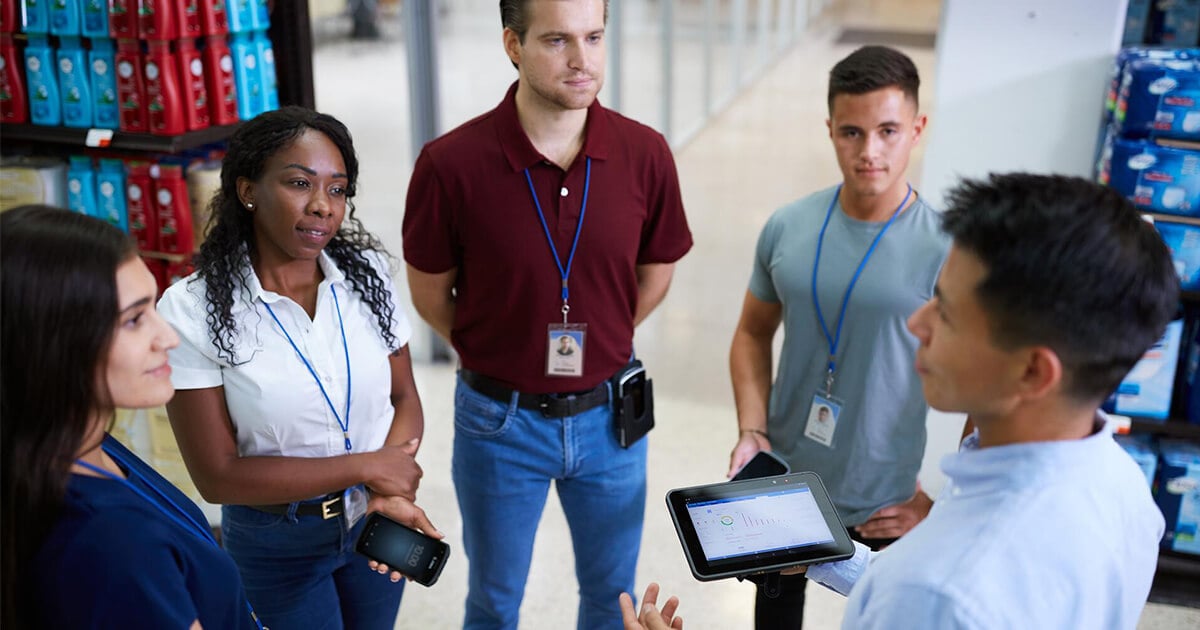
IT asset management has long been largely about financial record-keeping and compliance: a list of each asset’s make and model, serial number, date acquired, warranty status, location and so on. But thanks to rapid changes in how technology is used and its continuously growing importance in delivering outstanding customer experiences, asset tracking can no longer be passive, or fragmented across an array of single-device solutions. Today retail IT assets require active, consolidated monitoring and management.